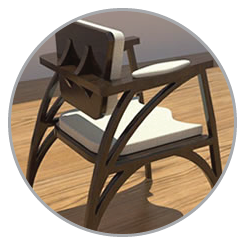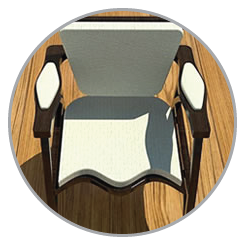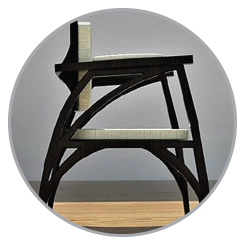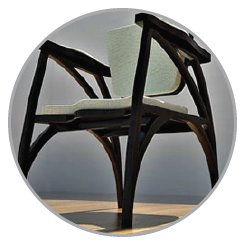We have a Winner!
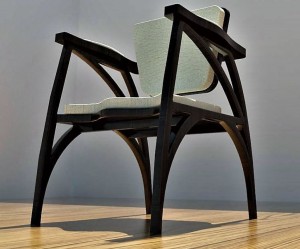 Congratulations to “Biza Chair” from the Centro Universitário Newton Paiva in Belo Horizonte, Brazil for winning the Chair Design Challenge!
Congratulations to “Biza Chair” from the Centro Universitário Newton Paiva in Belo Horizonte, Brazil for winning the Chair Design Challenge!
Thanks to a generous donation from financial executive and educator Robert Pozen, the 2016-2017 Stanford Center on Longevity Design Challenge featured a special $7,000 award to a winning student design for a low-cost chair for the home that ameliorates lower back pain.
In concert with this year’s theme of “Innovating Aging in Place”, the Chair Design Challenge was conceived to bring both comfort and design to the home. The key judging criteria included overall design, science-based evidence of support for the back, and a projected consumer cost of less than $500.
Q&A with Robert Pozen

Robert Pozen
Why is this year’s Design Challenge theme of “Innovating Aging in Place” of importance to you?
As a senior executive at Fidelity, I spent considerable time involved in the 401(k) business, which focuses on helping people become ready for retirement. This has led to my strong interest in public policy and a concern for helping people prepare for their future.
What led to your desire to foster innovation around chair design for the home?
In the summer of 2015 I had to undergo back surgery, which exposed me to the difficulty of lower back pain and how one’s experience sitting can have a major impact on back health. In my work environment I am fortunate enough to have access to high-quality, well-designed chairs that adequately support the spine. But chairs like those often cost upwards of $2,000 and they are almost exclusively designed for office use. What’s needed now is an emphasis on designing chairs for the home, where people –especially those who are older and/or retired—spend a majority of their time sitting. And in particular, we need well-designed chairs that are affordable, around $500 or less, so that they can be available to the broadest spectrum of households.
How will a prize focused on healthy chair design drive the change you believe is needed?
My experience with the Stanford Center on Longevity Design Challenge is that students have enthusiasm, curiosity, and the drive to design solutions for aging well, once they are given the opportunity. I chose to offer this special award through the Design Challenge because I’ve seen how effective it can be to foster innovation through a competitive process that rewards inventiveness and creativity. I look forward to seeing what this year’s students have to offer in the way of healthy chair design for the home.

